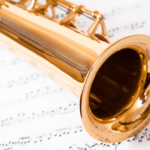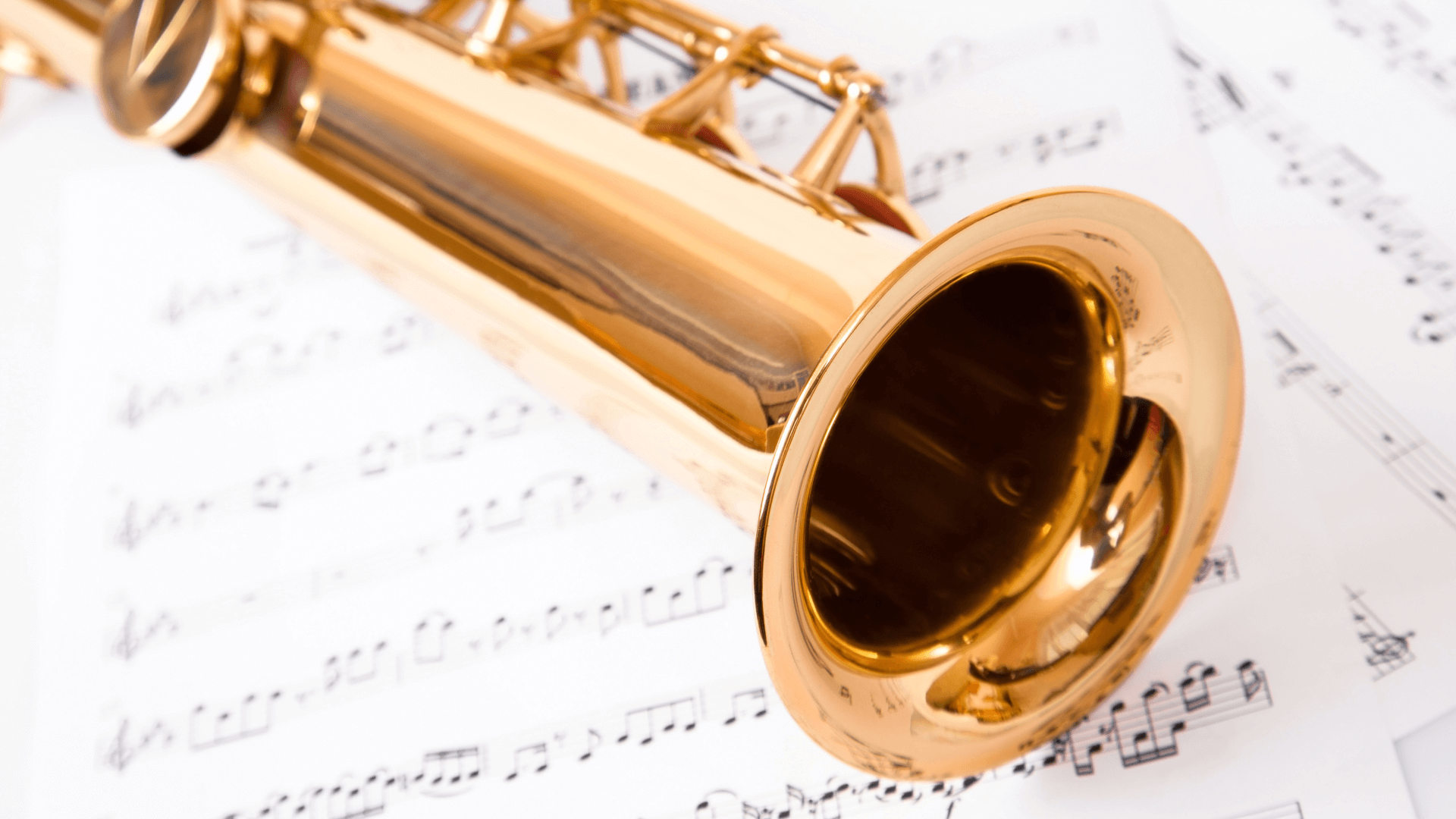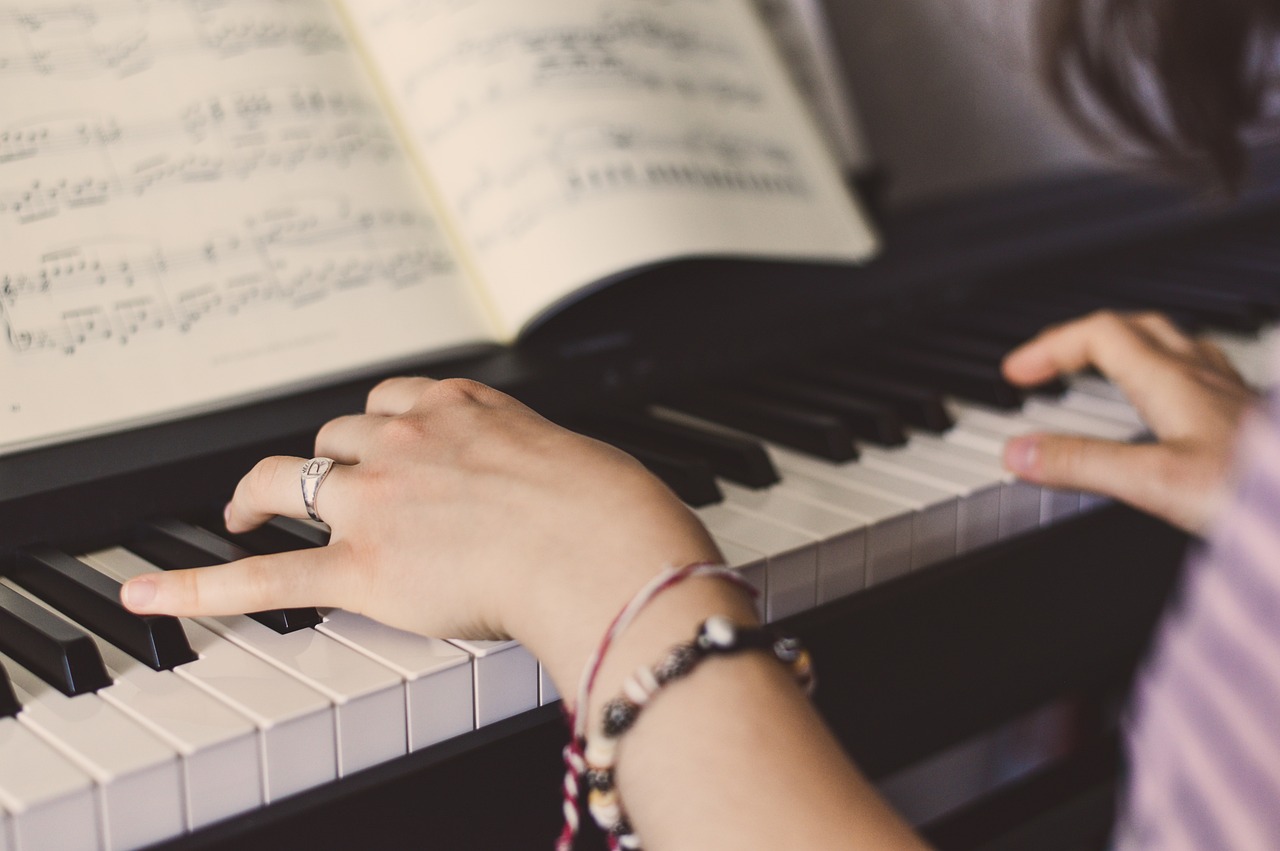How to Read Trumpet Sheet Music?6 min read
It is really important to have a good command of music. And especially if you are a brass player. You need to know what is actually coming out the bell, not just what might be coming out.
Don’t have any teacher, parent or guardian who can help you with music reading? Worry not! We’ll provide you with the best series of basic concepts essential to building up your foundation.
In reality, learning how to read trumpet music isn’t difficult. Beginning with, one should conceptualize the musical alphabets by heart. The next step must include understanding the concepts including the staff, treble clef, notes, and time signature.
Though you’ll find a perfect series of music lessons anywhere on the internet, the corresponding guide enlisted below will help you with the fundamentals of trumpet music.
For beginners as well as for intermediate learners, the trumpet is a perfect instrument. Historically, the trumpet is a member of the brass family. It is such an instrument which has got the most versatile range among brass instruments. Because of this, it tends to be a popular choice for playing music in a variety of genres, from marching band and choral music to jazz and swing. As in the case of any other musical instrument, you’ll need to learn to read sheet music if you wish to play the trumpet. Let’s get started!
Contents
Basics to start with
Mentioned below, we have a list of basics that you must know when reading music for trumpet:
- The Musical Alphabet
- The Staff
- Treble Clef
- Musical Notes
- Key Signatures
While learning how to read, these fundamental concepts will help you to understand the musical theory of trumpet music. Then get ready to place your hands on this magical instrument and to play your favorite song super soon!
The Alphabet
Every tone that is produced by a particular instrument is what we call a musical note. These musical notes comprise a set of assigned letters, which creates a common bridge of musical language that all composers and musicians can understand easily. These conventional musical alphabets will let you know which notes to be played in a song.
In the English language, we learn a total of 26 alphabets, but the musical alphabet only has seven letters. The letters begin with A and go up to G i.e., A, B, C, D, E, F and G.
Sharps and flats
Sharps and flats are nothing but the halftones between each note in the scale. The symbols used for identifying sharps and flats are “#” and “b”, respectively.
Music Staff?
The next concept is to learn how to read the trumpet music with the help of the musical staff.
You might have observed rows of lines printed on the trumpet sheet music. These rows of lines are called the Staff. We have a total of five lines and four spaces present on a musical staff. Note symbols indicate the notes to be played in the composition as they are placed on one of the lines or on between the lines.
It is very important to learn how to read music on staff before you play any instrument. To accomplish this, you should start at the bottom and work your way up. While noting down, each line or space ascends upwards through the musical alphabet, creating a scale.
It also tells you about the length of the song and parts of the melody that may get repeated. Apart from these, there are other symbols too such as “rests,” which indicate periods of the song where you need not play your trumpet.
What is Treble Clef?
The very first symbol that appears at the very beginning of the staff on a sheet of music is called ‘clef’. They act as a kind of roadmap or book that indicates which note indicates what.
We have two types of clefs, namely the treble clef and bass clef. But here in the case of the trumpet, you need to only concentrate on the former concept i.e., the treble clef.
“G clef” is the second name for treble clef. And this name is chosen because of two reasons. The first reason being, it appears like a fancy cursive letter G. Not only this, but it also tells you which line on the staff indicates a G note. You might observe an inner curve of the treble clef, this curve ensures that the clef always encircles a specific line on the staff. In simple words, this means that any note on the treble clef line is a G note. You will then know where every note falls.
What are Musical Notes?
You might have understood by now that the specific sound produced by the instrument is called a musical note. We later name these notes from A through G based on the conventional musical alphabet. While we write on the sheet music for trumpet or any other instrument, musical notes are commonly depicted as specific symbols that appear on the musical staff ledger lines.
There is a wide variety of musical notes. When you’re learning how to play the trumpet, your first lessons will likely include the above mentioned concepts.
What is a Key Signature?
Learning how to read trumpet music is regarded as incomplete if you don’t know what key signatures mean. The key signature appears at the beginning of the staff, right next to the clef.
We have another concept called time signature, but it isn’t prevalent right at this stage. In short, the time signature gives you the information about the song’s tempo, while the key signature indicates how many sharps and flats are there that you need to play. Whenever you see a specific line or space of the staff, know that you need to play sharps and flats right there in the piece.
What are musical notations all about?
You might be aware of the term ‘by convention’. It simply means something which is known worldwide. For instance, suppose someone from Singapore writes down something on a piece of paper. Then how do you know whether someone in the US can understand it? It’s quite easy to guess! We have a set of rules and regulations which are commonly followed by every person across the globe. This happens because people follow a standard set of rules for reading and writing in a particular language. A music notation that is published is exactly the same thing. As long as you are able to decipher the symbols on the page, it is possible to play the music.
Conclusion
The process of reading the music positioned in front of you is quite different from the process of playing the trumpet. There is a powerful interconnection between both of them. But technically, it isn’t precisely the same thing. So, if you haven’t noticed the splitting of these two tasks, then you must definitely change your way of learning! Once you know how to read sheet music, you’ll definitely nail the art of music!





